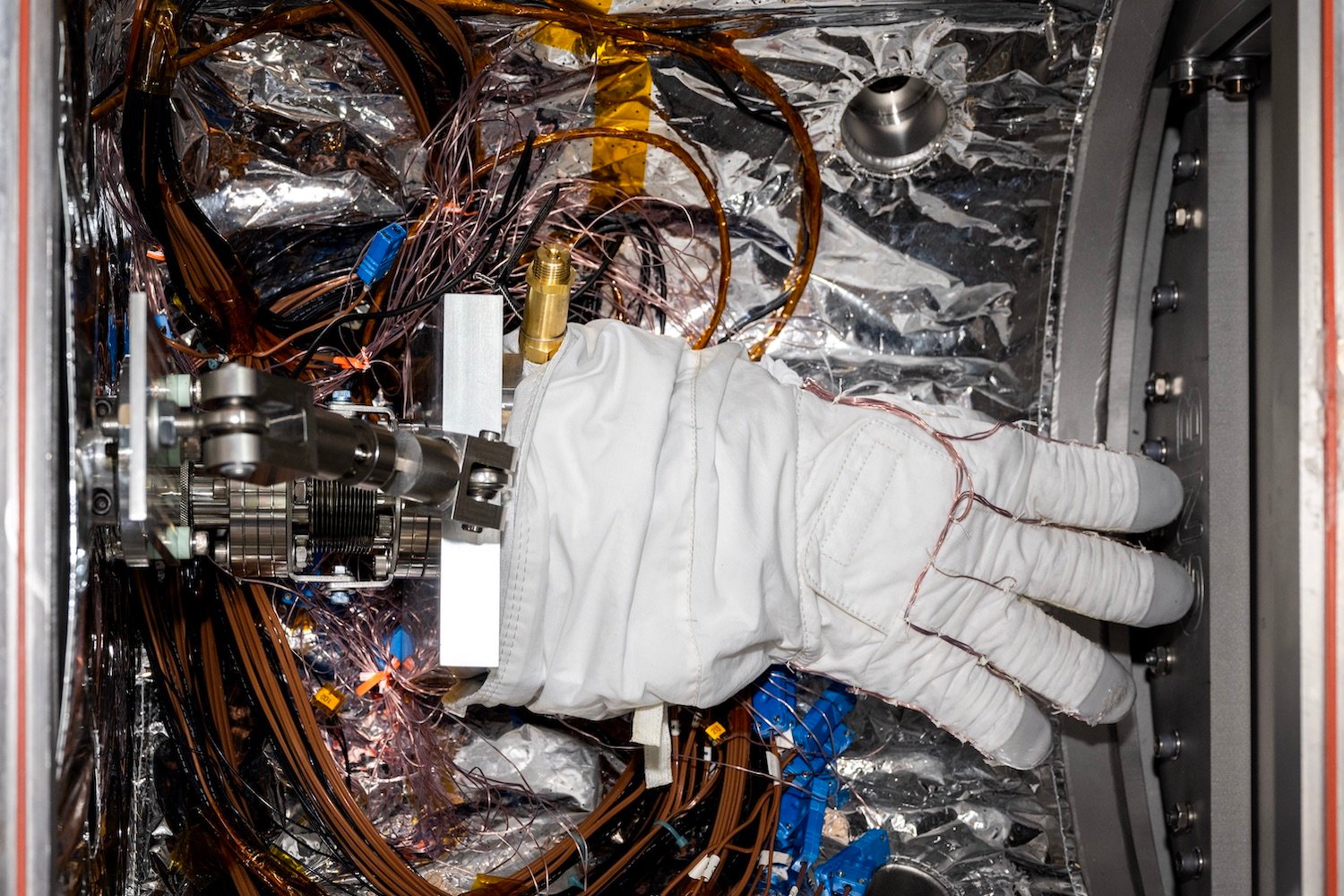Following the unveiling of its WWDC 2025 event, Apple has described the upcoming iPadOS 26 update as “the biggest iPadOS release ever.” This statement seems more than just a boast, as iPadOS 26 has the potential to revolutionize the way we perceive the utility of a product that has been around for fifteen years and often feels like an oversized iPhone designed for a single user.
The new OS introduces several significant features, including multi-tasking tools, a new windowing system, and the Preview app. While these might not be as attention-grabbing as “Liquid Glass,” they are exciting developments for those who have tried to have a productive workday on an iPad. In fact, this news might be more thrilling than Sabrina Carpenter’s new album announcement, especially considering that her new song was somewhat underwhelming.

Currently, the iPad only allows two windows to be open at once, and switching between them can be cumbersome. For instance, if you’re writing an email while checking your calendar to schedule a call with a coworker, you’ll likely find yourself toggling between the two windows, struggling to access all the relevant information. This can be frustrating, which is why many people, including myself, tend to avoid working on their iPads despite investing in accessories like Logitech’s detachable keyboard.
If you need to reference any sources while writing, such as press releases, interview notes, emails, or research papers, working on an iPad can be challenging. You might as well use your phone as a second, albeit tiny, screen. The experience is far from user-friendly.
The new window controls in iPadOS 26 address this issue by allowing you to view all open windows simultaneously and tile them intuitively for better multitasking. These controls are also compatible with Stage Manager, which enables you to organize windows into specific environments. As a result, iPadOS is phasing out its older multitasking features, Split View and Slide Over.
Additionally, the new Preview app on the iPad allows for native editing and viewing of PDFs, complete with features like AutoFill and Apple Pencil compatibility.

Similar to Mac products, iPad apps will now feature a menu bar, making it easier to find specific commands or features within an app. Developers will also have the ability to customize the menu bar in their apps.
Moreover, users will be able to pin folders to their dock, eliminating the need to navigate through the Files app.
There are more enhancements to the new OS beyond these quality-of-life features, which, admittedly, could have been introduced earlier. Leveraging the computing power of Apple’s silicon chips, iPadOS 26 can handle high-intensity background tasks like video exporting, allowing users to continue working while waiting for the export to complete.
The iPad will become particularly useful for podcasters, video editors, content creators, or anyone working with multimedia content. In another notable feature, users can select a specific audio input for any app or website.
Even more conveniently, the iPad is getting a local capture feature, enabling users to record video calls from any conferencing app and access the audio and video files afterwards.

Although the iPad may not match the overall utility of a MacBook, it can still be a valuable tool in certain situations. For instance, if you have a company-issued laptop that is large and heavy, making it uncomfortable to use on an airplane or train, an iPad could be a more convenient alternative. Similarly, if your job requires you to attend conferences where you need to walk long distances while carrying a laptop to write articles, the ability to use an iPad instead could be a game-changer.
In such cases, having the ability to carry an iPad and still be productive will be a significant advantage, and a welcome relief for those who suffer from back pain due to carrying heavy laptops.





